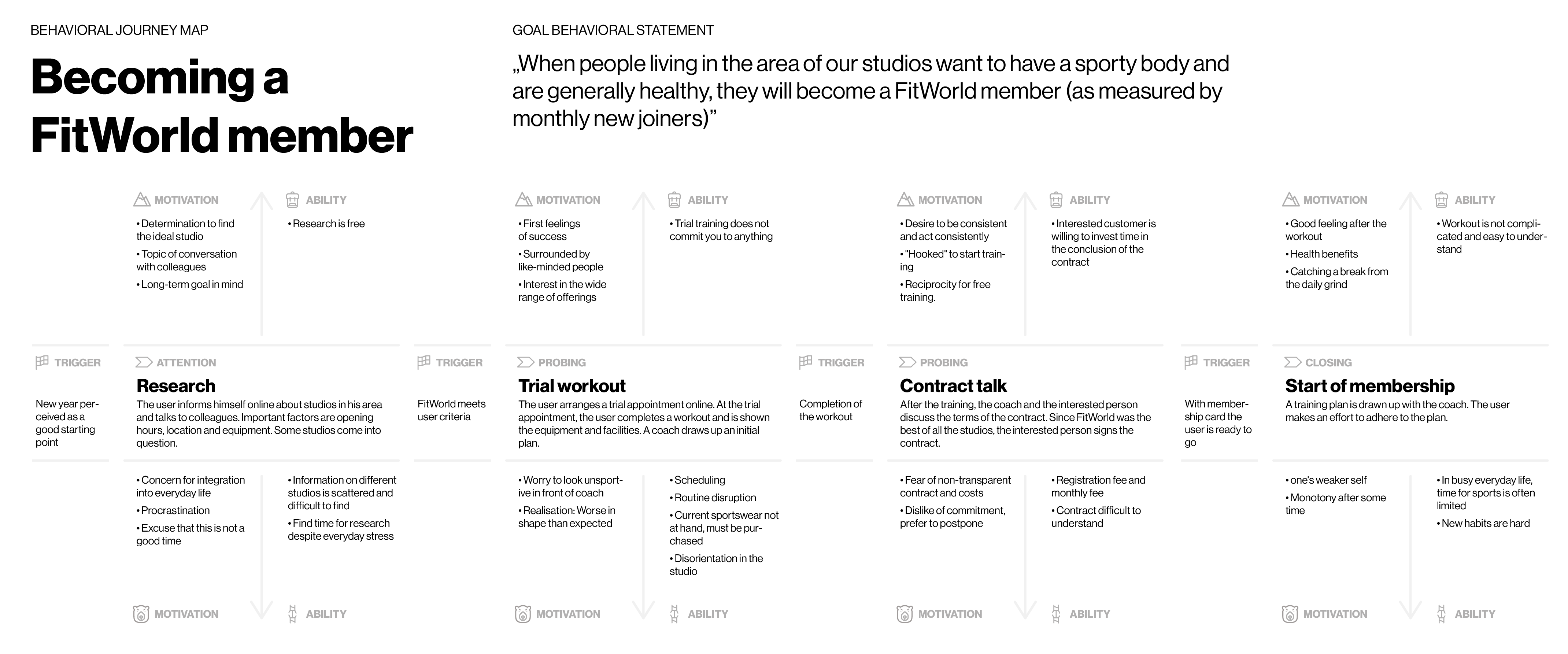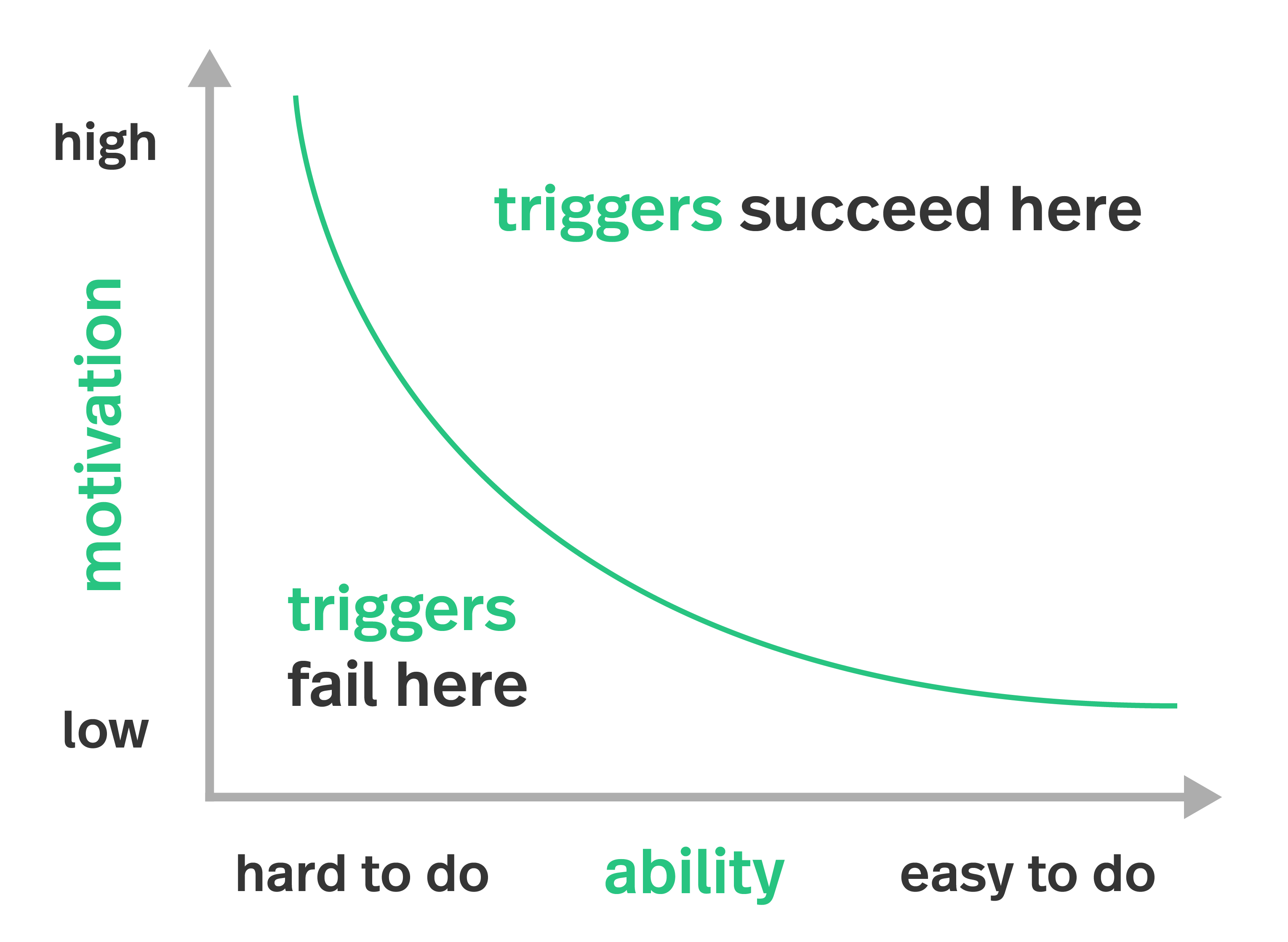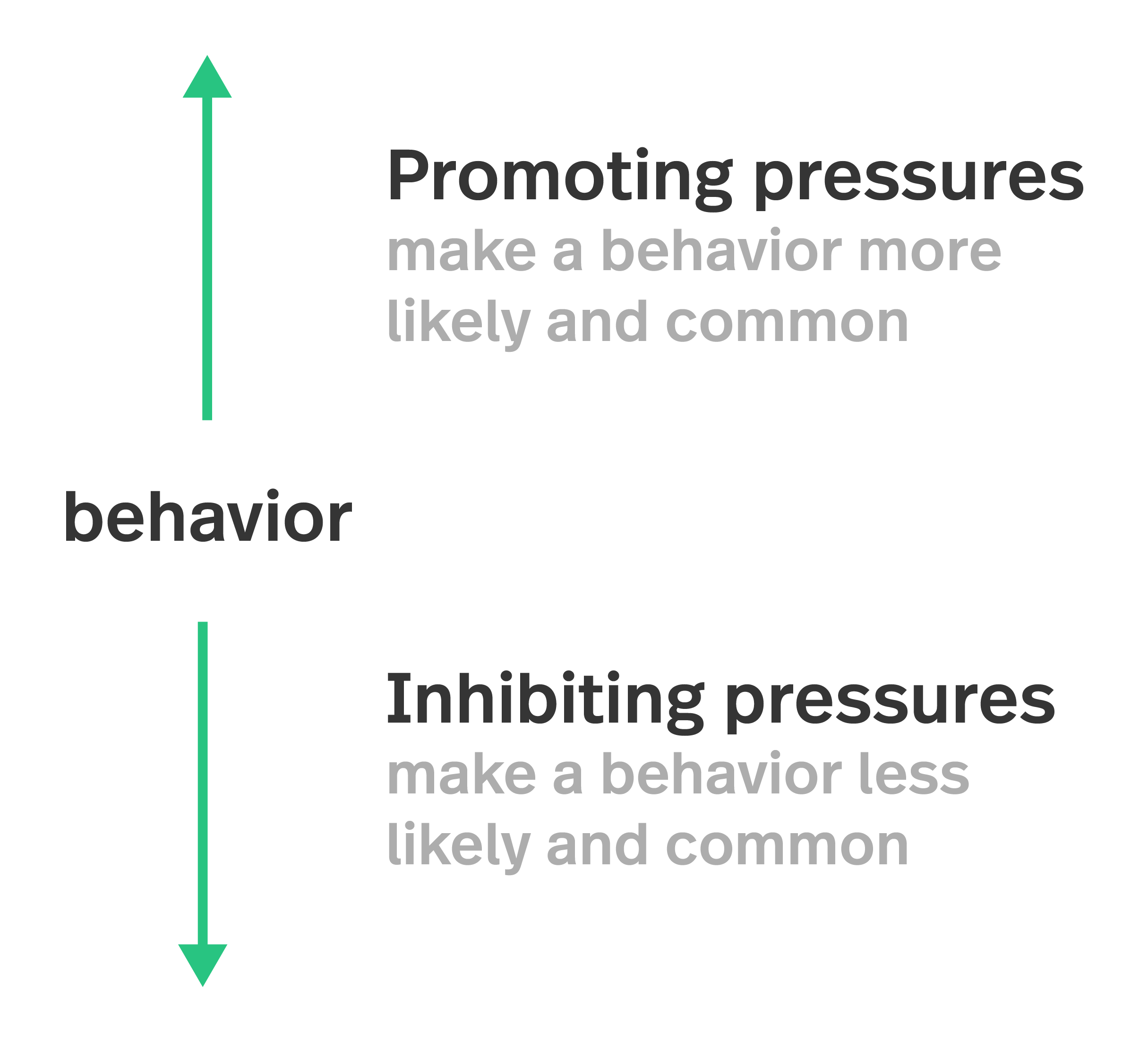Case Study
Behavioral journey map

Project Summary
Constantly enhancing our project toolkit, we sought to strengthen the link between research and ideation in Service Design projects. To leverage insights from behavioral science and economics, we developed a template merging a journey map with two behavioral design models, enabling teams to systematically improve services.
Challenge
In service design projects, the connection between research and ideation can be weak. Although extensive research is conducted, determining the most impactful service steps for improvement remains unclear. Additionally, service designers often overlook the potential of incorporating behavioral design models, despite their proven success in various fields.
Solution
 Fogg Behavioral Model
Fogg Behavioral Model
 Opposing Forces Theory
Opposing Forces Theory
Research
Conducting academic research on service and behavioral design, we identified commonalities and gaps. Both disciplines target behavior change, with service design examining the entire service journey and behavioral design focusing on specific situations. We selected BJ Fogg’s behavioral model and Matt Wallaert's Opposing Forces Theory for their practicality in defining behavior factors.
Creation
To integrate behavioral models into service design, we developed a journey map template. This template, incorporating the selected behavioral models in each phase, assists designers in identifying relevant behavioral factors at every step. The Behavioral Journey Map facilitates the connection of ideas to the user experience during ideation.
Feedback
Engaging service designers globally and consulting the creators of referenced behavioral models, we refined the template based on valuable feedback. Positive responses highlighted the template's applications in consulting and behavioral insight awareness.
Results
The Behavioral Journey Map emerged as a powerful tool, effectively addressing the identified challenges. Ongoing improvements and experimentation are planned. To contribute to the service design community, we are sharing the template, along with detailed elements, use cases, and examples.